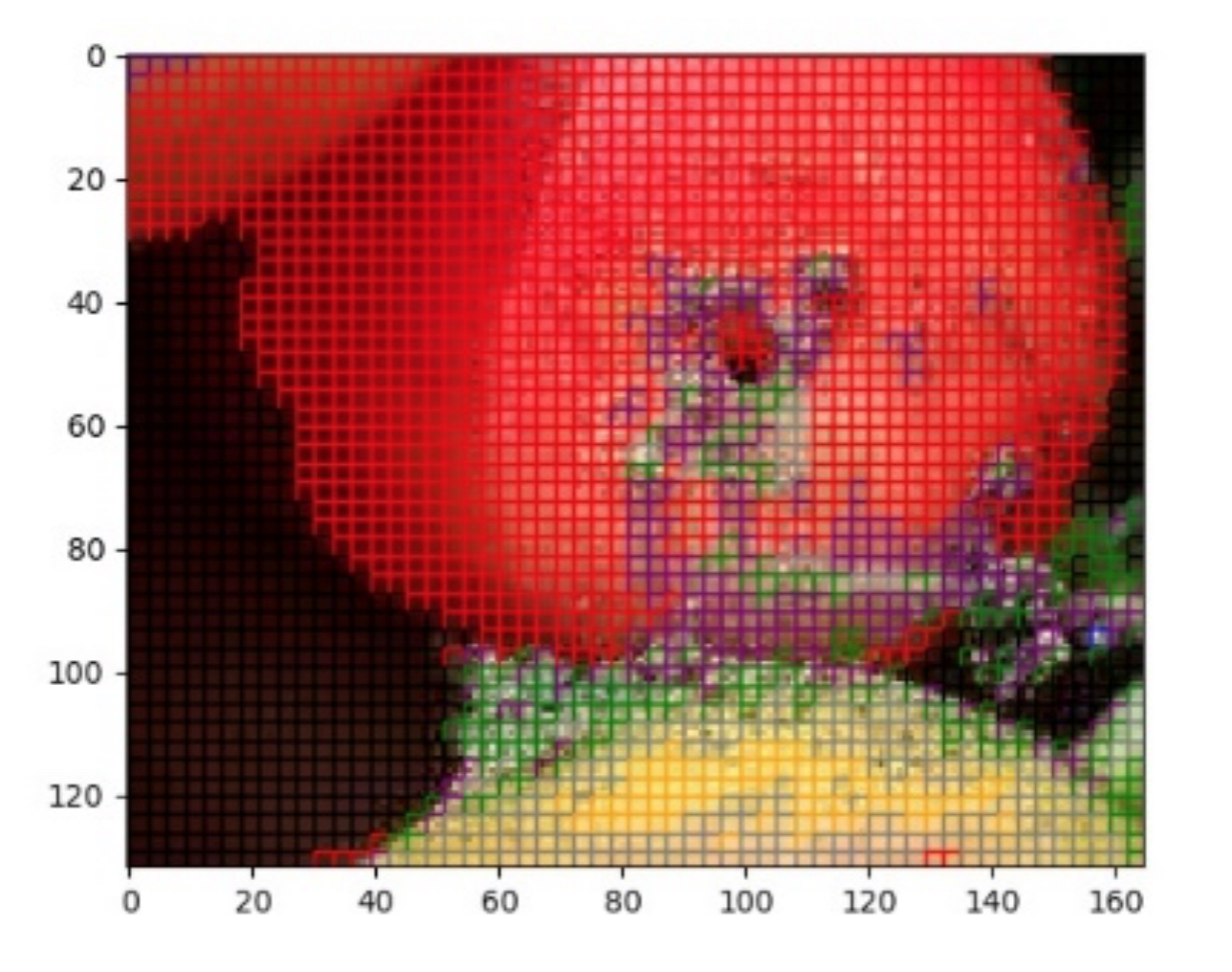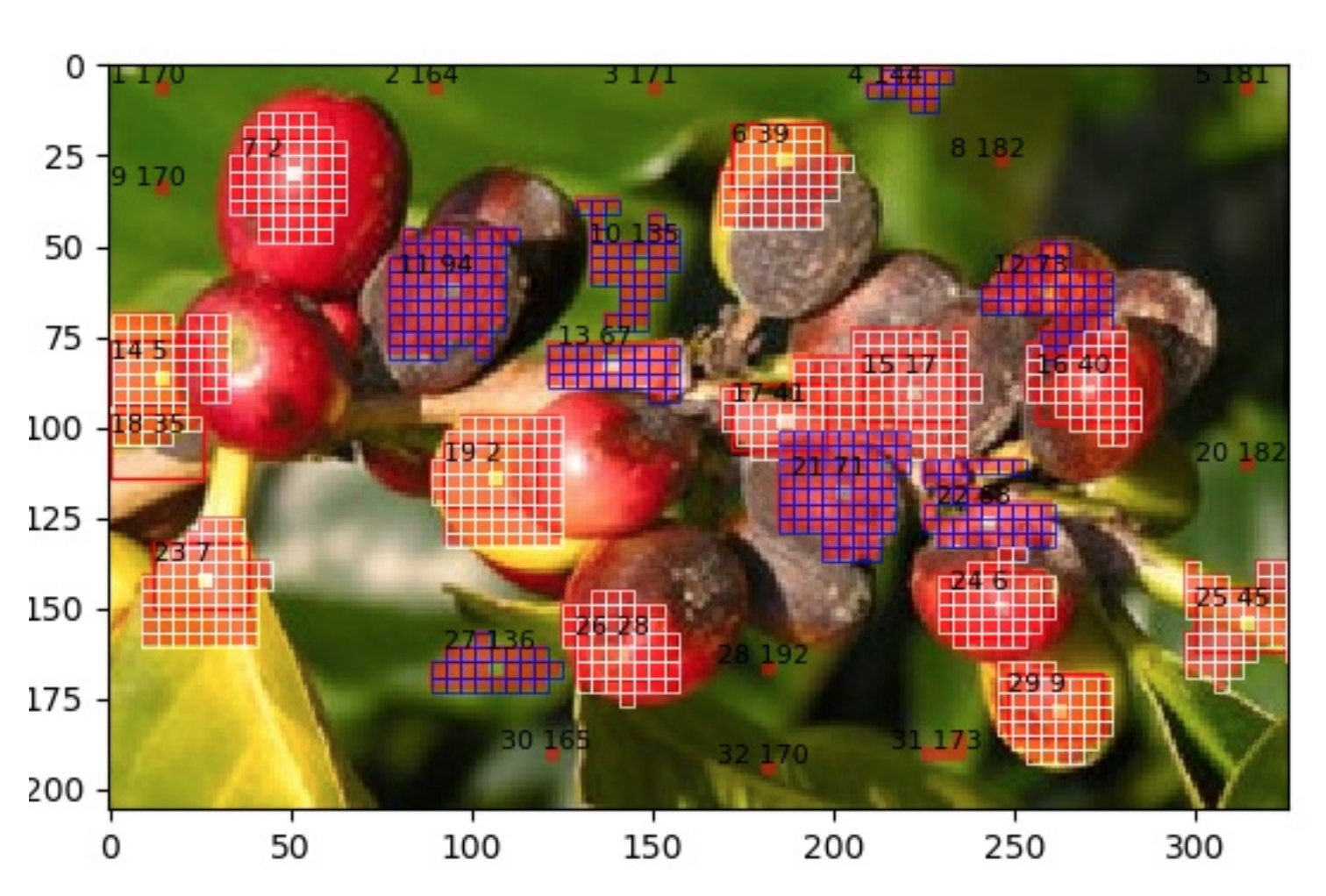As Coffee Beetles Bore, Researchers Propose Exciting Imaging Solution


Colour and black lattice showing “frass” and borer identification using a synthetic berry image. Shared via Creative Commons Attribution License 4.0.
Researchers in Australia say they have developed a faster and more efficient way to detect signs of coffee berry borer (CBB) infestations through imaging software.
The researchers noted that coffee borer beetle infestations — which can be found throughout the coffee-growing world but are most prevalent in South America, Indonesia and parts of Africa — resulted in approximately $1 billion in crop losses in 2023 alone.
Native to Africa, the tiny beetles (Hypothenemus hampei) remain one of the coffee sector’s most persistent crop-killing biological foes, and infestations are exacerbated by phenomena such as climate change and habitat loss affecting bug-eating birds.
The researchers behind the new study — which was published in May in the BIO Web of Conferences journal — focused their imaging software not on the beetles themselves, but on the stuff they leave behind as the move through coffee lands.
“If you imagine when you drill into a piece of wood you see little bits of sawdust gather around the outside of the hole,” study author David Cook from Edith Cowan University said in an announcement. “In the same way, when a borer bores into a coffee berry, they leave an enormous amount of debris, called frass, and this is much easier to identify.”

Infected Coffee Berries located by purple lattices. Shared via Creative Commons Attribution License 4.0.
According to the research team, the frass can be monitored by camera-equipped drones that connect to the software, offering a relatively low-cost, quick solution for coffee farmers.
“The problem with the coffee berry borer is if it’s not recognized, it spreads through the various berries from bunch to bunch then bush to bush, and it can destroy an entire crop,” Cook said. “This allows farmers to make very quick decisions about which parts of a crop might be infested with this particular pathogen and begin treating immediately.”
The new detection system was developed using “L-system” image processing techniques, which mimic natural branching patterns in plants and are commonly used in agricultural computer vision. By analyzing aerial images of coffee plants, the software can identify frass by its distinctive color and shape characteristics.
“With a lot of farmers now relying on drone technology, they can fly over a particular crop and with this software, they can very quickly identify areas [affected] by a range of different pathogens,” Chris Napier, a master’s student at ECU who developed the software system, said. “We can adapt this to many different agricultural crops. This could be used for detecting infestation when you need to look at the understory of the plant rather than just on top, so it could be very useful in crops that have bunches and groups, such as grapes.”
While the study is primarily focused on detection and prevention of CBB, other research in recent years has shed new light on management. In Hawaii, where borer infestations are a relatively new phenomenon, researchers have unleashed bug-eating wasps and suggested that strategic picking rather than pesticides may yield better results.
Comments? Questions? News to share? Contact DCN’s editors here. For all the latest coffee industry news, subscribe to the DCN newsletter.












